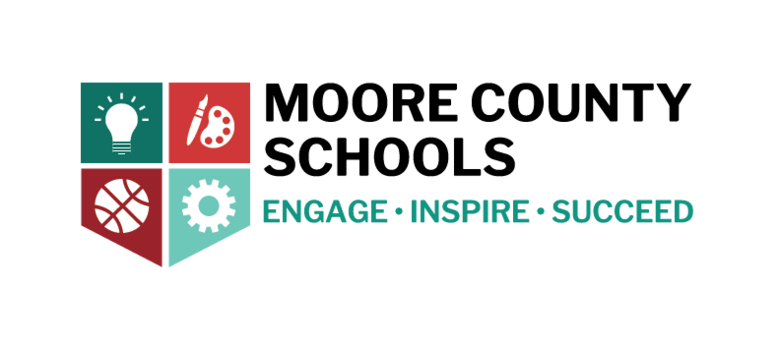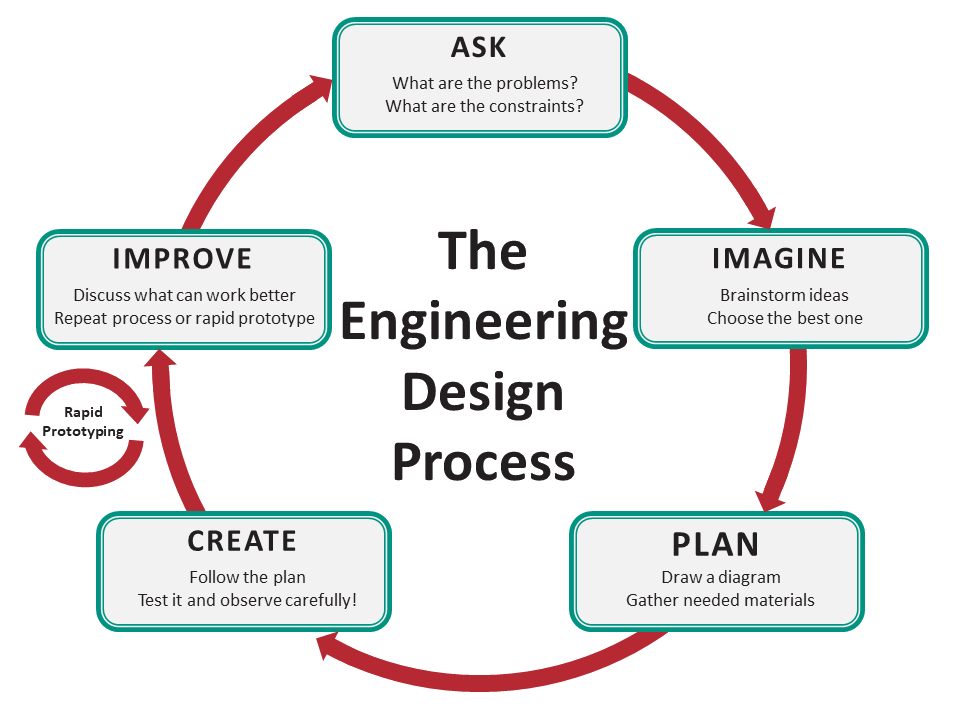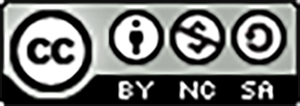- Author:
- William Allred, Carrie Robledo
- Subject:
- English Language Arts
- Material Type:
- Activity/Lab
- Level:
- High School
- Tags:
- License:
- Creative Commons Attribution Non-Commercial Share Alike
- Language:
- English
Education Standards
EffectiveStorytellingLN
PodcastPlanningHandoutLN
9-12 ELA: Creating a Video/Podcast

Overview
Students will create a podcast exploring a topic of interest to them following the NYT framework. Students will enter the NYT competition (typically held in April/May).
Instructor Directions
Project Description | |
| Name of Project | Creating a Video/POD Cast |
| Subject Area | English |
| Targeted Standards | R.L 1-3; R.I 1-3 |
| Driving Question / Problem / Activator | What elements make good storytelling? How can I create a compelling podcast using storytelling, sound, images, effects, interviews, and technology? |
| Project Summary | Students will create a podcast exploring a topic of interest to them following the NYT framework. Students will enter the NYT competition (typically held in April/May). |
| Estimated Time | At least 5, 30-minute sessions |
| Materials / Resources (including link to slideshow if available) | Student Chromebooks, iPad, Garageband app or Audacity (Chrome), Online Voice Recorder, Yeti microphone, sound libraries (BenSound, FreeSound), Effective Storytelling Techniques PDF, VoxPop video tutorial, “Effective Interviewing” PDF, https://static01.nyt.com/files/2018/learning/PodcastPlanningHandoutLN.pdf |
| Tags | ELA9-12; Student Made Podcasts; Podcast; Storytelling |
Project Outline | |
| Ask | What makes a story compelling? What are the elements of a good podcast? How does the background music/noise impact the overall mood of a podcast? |
| Imagine | Do you have a favorite podcast? What is it? Why is it your favorite? Listen to the sample podcasts and take notes using notetaking sheet (PDF). Discuss as a class. How are the podcasts similar? How are they different? |
| Plan | Come up with a plan for your own original podcast. Your topic may come from Learning Network’s 1000-plus writing prompts (https://www.nytimes.com/2018/04/12/learning/over-1000-writing-prompts-for-students.html?module=inline) or you may choose a different topic that is important to you. Once you have narrowed down your topic, write down your ideas about the topic in an outline form. Practice telling your story to a partner, keeping in mind techniques of effective storytelling and your time limit (5 minutes) in mind. Next, practice incorporating a brief interview into your storytelling. Take turns with a partner and become an interviewer or interviewee. Reflect on the process using interview PDF. Fill out a podcast planning form (PDF). |
| Create | Create your podcast using classroom resources such as an ipad and microphones or, if these are not available, using your own smartphone. |
| Improve | Listen to your recording and edit it using whatever editing software is available. |
| Closure / Student Reflections | Listen to some of your classmates’ podcasts and reflect on your own podcast and the process of creating it. How did it go? What did you learn? |
| Possible Modifications / Extensions | Depending on time and technology available, some teachers may want to use only certain segments of this project.Scaffolding for students: TED Ed - How to Narrate your own Story |
Evaluation (Pre/Post)
Insert Links to Google Forms
Pretest Link: https://forms.gle/zXybWFn34KvxHQMv6
Post-test Link: https://static01.nyt.com/files/2018/learning/PodcastPlanningHandoutLN.pdf
Credits or Modified From
NY Times, “Project Audio: Teaching Students How to Produce Their Own Podcasts” https://nyti.ms/2IMqvp3
Additional Resources / Help for teaching this lesson
NPR | Starting Your Podcast: A Guide For Students
NPR | Teaching Podcasting: A Curriculum Guide for Educators
KQED’s Podcasting With Youth Radio
Learning Network Lesson Plans On Podcasting and Listening Skills
Experimenting With Sound and Story: Teaching and Learning With ‘The Daily’ Podcast
Sample Pictures / Video

